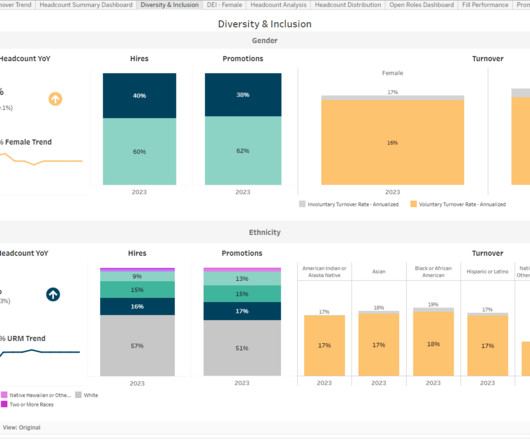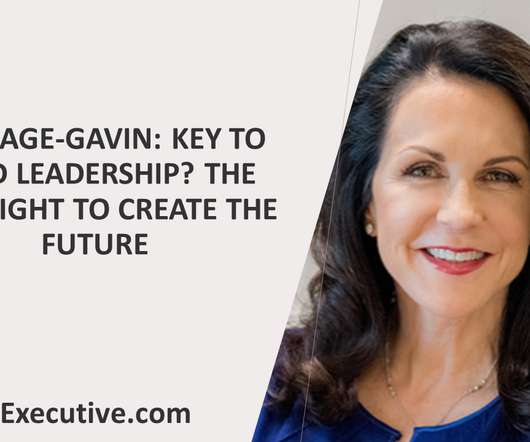How to Excel with an Effective Internal Talent Mobility Strategy
hrQ
MARCH 6, 2024
Internal talent mobility is thus not only a facilitator for individual employee growth but also a driving force behind overall organizational success. This will inform employees about career opportunities–building trust and engagement.























Let's personalize your content